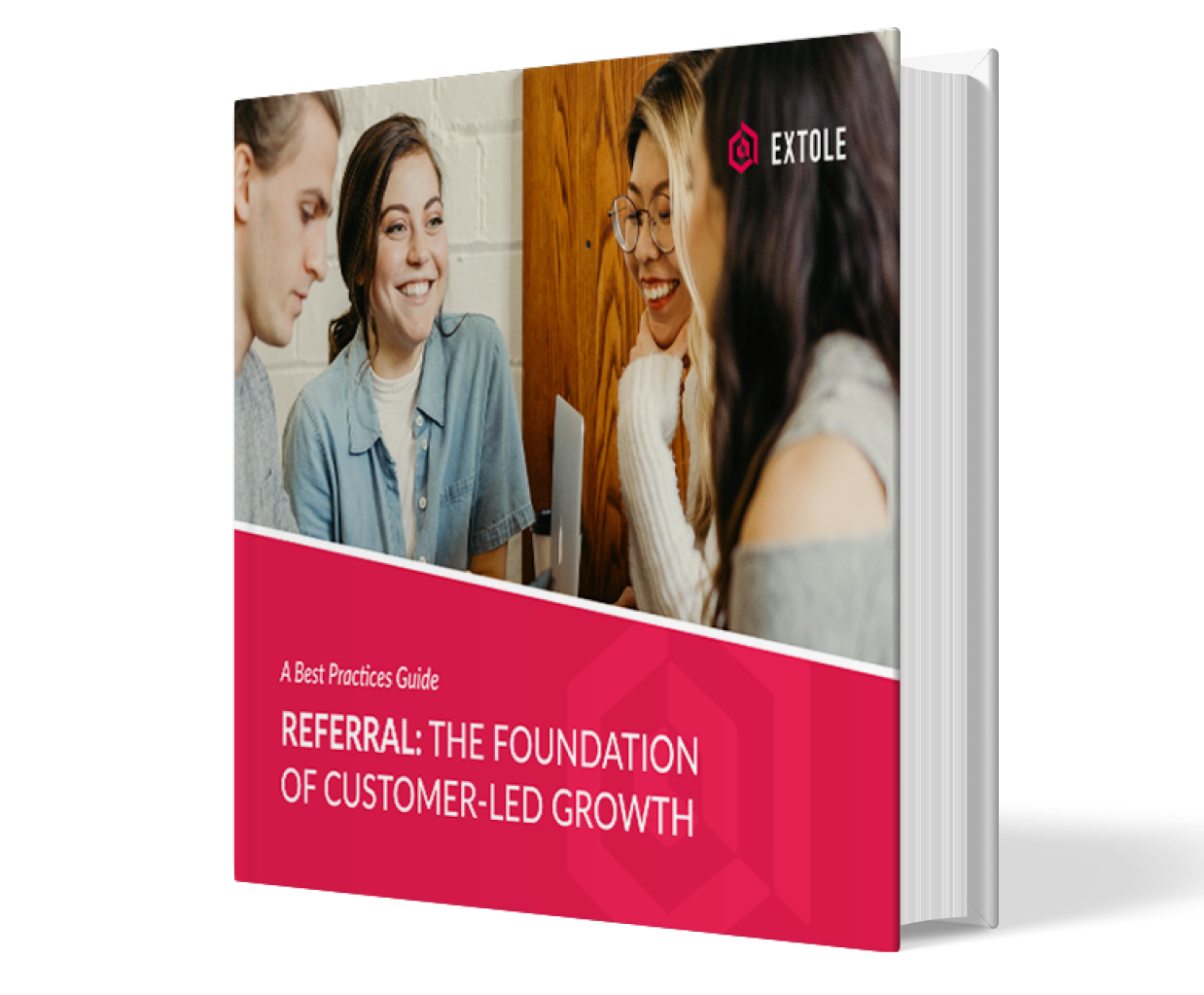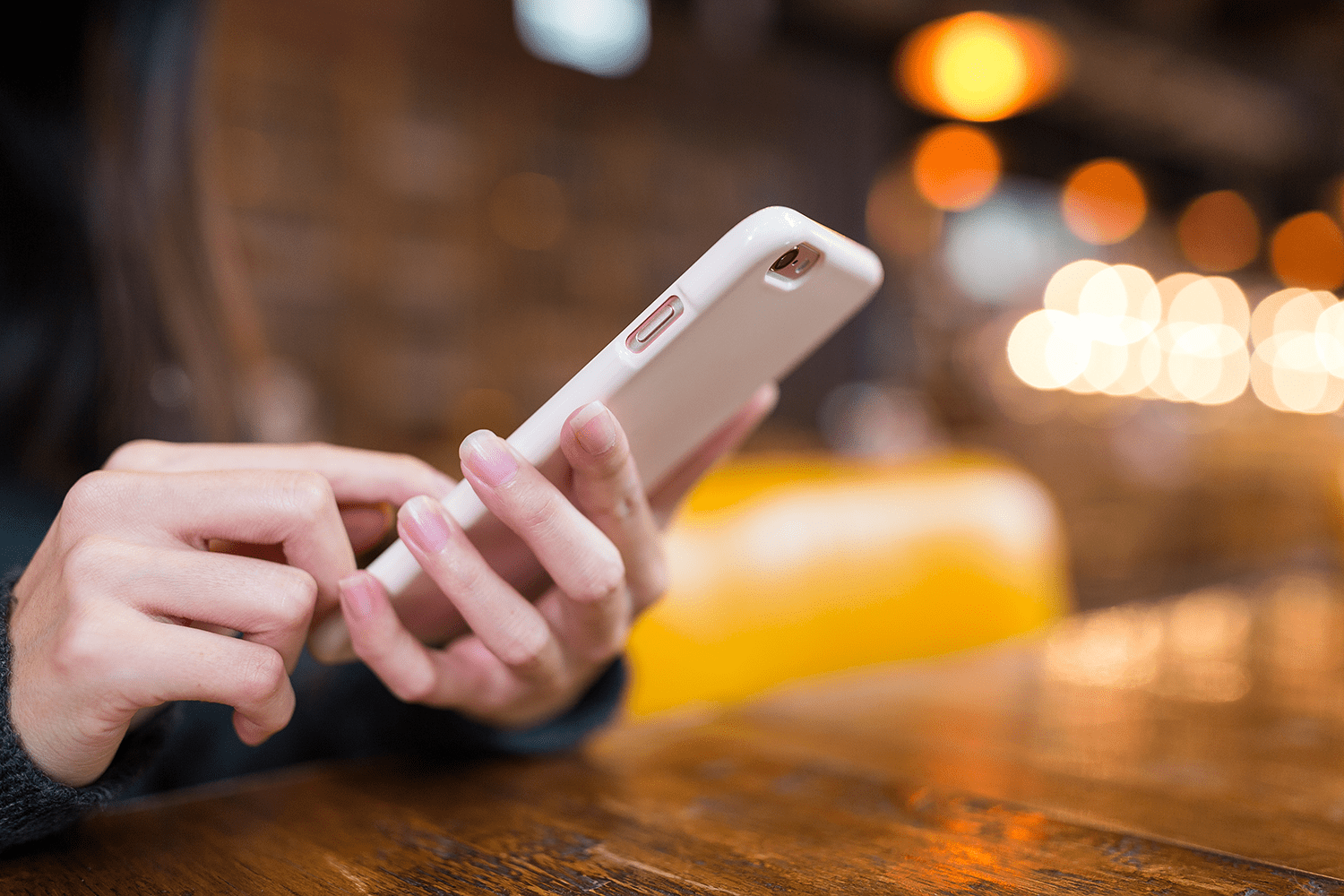Dating has taken a major hit since Covid-19 forced people indoors and physically apart. Over half of 18- to 39-year-olds say they have given up on love since the pandemic began. Despite this, dating apps are more popular than ever, with Gen Z and millennials eager to meet new people and form new connections.
When it comes to pandemic dating, Tinder leads the way. It’s been the top dating app since its inception in 2013.
Online dating could have easily crashed and burned when the world shut down in early 2020, but instead, Tinder found an opportunity to shift the way we think about dating apps. Their experimentation has clearly paid off, as they’ve had two of their most successful years to date, seeing record highs of as much as 3 billion swipes in a single day.
Tinder’s success can be pinned on its marketing strategy, which relies heavily on user experience, timely content marketing, and strong partnerships to inspire brand trust and loyalty.
They listened to users to develop Covid-friendly features
App usage was up in 2020, but then again, plenty of people were spending more time on their devices than ever before. It just didn’t seem like dating apps would benefit. In fact, Covid-19 disrupted dating life by forcing people to stay physically isolated from one another. Tinder wanted to learn specifically what users sought in an online dating experience in order to better engage them in the app. They conducted user surveys and pulled aggregated app activity between January 2020 and February 2021. And Tinder found that their user base still wanted to connect.
Their research showed that the traditional dating trajectory (swipe right, meet in person, start a relationship, then get married) was turned on its head. As former CEO Jim Lanzone put it, “[Users] just want to slow things down and get to know people first a lot more before they decide to match, let alone before they decide to go meet someone offline.”
Based on their findings, Tinder released new in-app features designed to make the user experience more like social media rather than traditional online dating. The goal was to provide users with new tools that let them show more sides of themselves in the app so they can connect with others without needing to meet in person.
- Face to Face video: From the survey, Tinder found that 40% of Gen Z users wanted a video feature to decide whether to meet IRL in the future – even once in-person dating is on the table again. Face to Face fills this need and keeps users in the app longer, rather than forcing users to Zoom or FaceTime.
- Vaccination badges: Between April and May 2021, mentions of “Vaxxed” in bios grew by over 3x. Users felt safer when they could share their vaccination status, so Tinder provided official badges for users to place within their profiles.
- Tinder U: This new experience was developed for university students who couldn’t be on their college campuses due to the Covid-19 pandemic. The feature lets students place their school badges on their profiles so they can easily meet and connect with fellow classmates.
They repositioned their advertising strategy around changing consumer needs
People communicate in a vastly different way since the pandemic began. Not only do we casually mention topics like “vaccination status” and wonder if the other person will be wearing a mask, but many of us have picked up new quirks since staying mostly indoors, like baking sourdough bread. Tinder’s advertising strategy focuses on these shifts, highlighting the new, and sometimes bizarre, ways we communicate.
“You’re Not for Everyone” ad (Tinder Explore Hub)
To announce the launch of their new Explore Hub, Tinder partnered with ad agency Mischief @ No Fixed Address for a series of ad campaigns.
The first ad of the series features a woman meditating in her living room, surrounded by candles and softly speaking affirmations of self-love. The peace is disrupted when a roommate walks in, and the woman screams, “Rachel, I will murder your family!” before returning to the meditation. The ad wraps with the message: “Your astral-rebirthing isn’t for everyone, but it is for someone.”
The goal of the ad was to bring humor into the very real truth that dating can suck, and according to Kevin Mulroy, Mischief’s executive creative director, how difficult it can be to “find people who are interested in you because of, not in spite of, your quirks.”

Referral Marketing – The Best Practices You Need to Know
Written by veteran referral marketers, this guide will help you optimize your referral marketing program and supercharge growth.
Get the Guide“In Our Own Way” ad (Tinder India)
BBH India developed this ad campaign with the goal to show how dating culture has evolved during the pandemic. They pulled from real user stories to showcase the creative ways users have been meeting – whether safely in person or virtually.
The ad is full of optimism and shows that modern dating can look vastly different depending on your unique wants and needs, including respecting a date’s Covid concerns. It positions Tinder as a gateway of sorts, a space to facilitate connections with other users, and leads to moments of joy in uncertain times.
“Friends with (Other) Benefits” ad (Tinder Thailand)
This ad from Tinder Thailand supports the new, non-romantic side of Tinder, where people use the app to make friends rather than a hookup.
Creative agency Wunderman Thompson developed the ad based on Tinder’s user research. They found that, in Thailand, Gen Z users are less likely to participate in hookup culture and often deleted the app within a week. New studies show this trend is consistent with Gen Z dating culture in the US: 35% of young people aged 16 to 24 said they have used dating apps to make platonic friends, while 27% used dating apps to make friends because they were lonely.
The title of the ad itself comes from a creative new spin on the changing nature of the app. “Friends with (Other) Benefits” in Thai is “Puen Sampan,” playfully spinning a term for “sex” into a brand new word for platonic friendship.
They formed strategic partnerships to keep users engaged in the app
Tinder saw that users still wanted to date, or at least meet up with new people, without compromising their safety. To give users peace of mind, the company formed partnerships that gave users access to Covid-safe tools and resources. Not only are the resources useful, but they also keep people in the app and keep engagement high.
- Free Covid tests from EverlyWell: Tinder found that as of October 2020, over 40% of users under 30 hadn’t met a match in person – yet there was a demand to go on dates. The risk of contracting Covid kept people from meeting up. So, they partnered with EverlyWell to give out free tests. One for you and one for your date, to help mitigate risk.
- Locating a vaccination site with the White House: Tinder saw an 800% increase of the word “vaccine” since the start of the pandemic and found that users were keenly interested in connecting with people who were vaccinated. To help users get their vaccines, Tinder partnered with the White House. Now, users can locate a vaccination site and book an appointment through the app. Plus, as an incentive, those who use the tool and share their vaccination status receive a free Super Like.
Tinder’s marketing strategy is supported by a strong referral program
Tinder knows that while it’s nice to stay connected with people, users want to feel incentivized to continue using their app. That’s why they support their marketing strategy with a referral program, where users earn rewards for getting friends to sign up.
Referral customers have a low cost per lead while also being a source of high-quality leads. Plus, referral programs build brand familiarity quickly, putting your product in front of new people who are most likely to become customers. That’s because they came to your company through word of mouth – by people who already love you.




